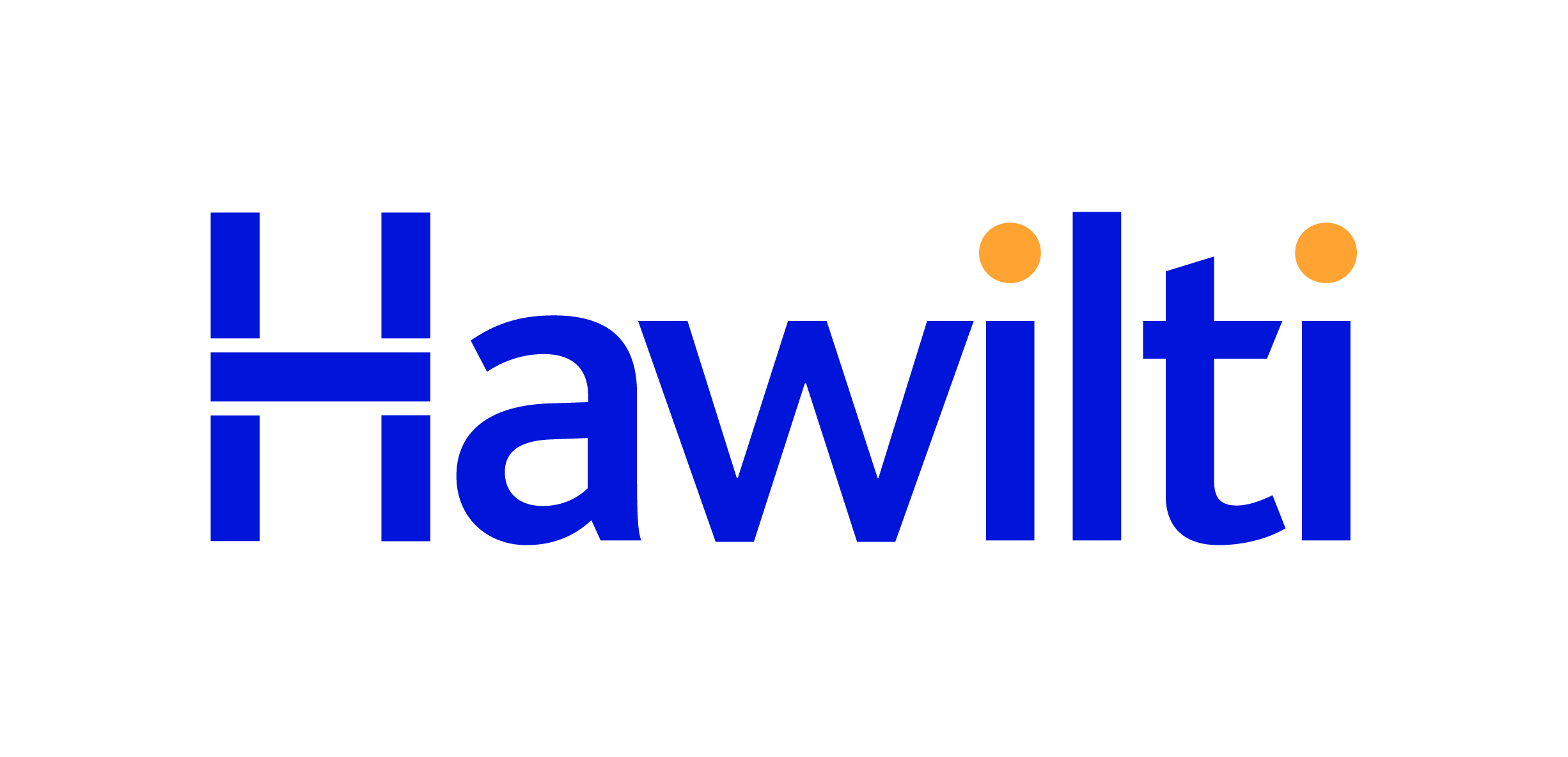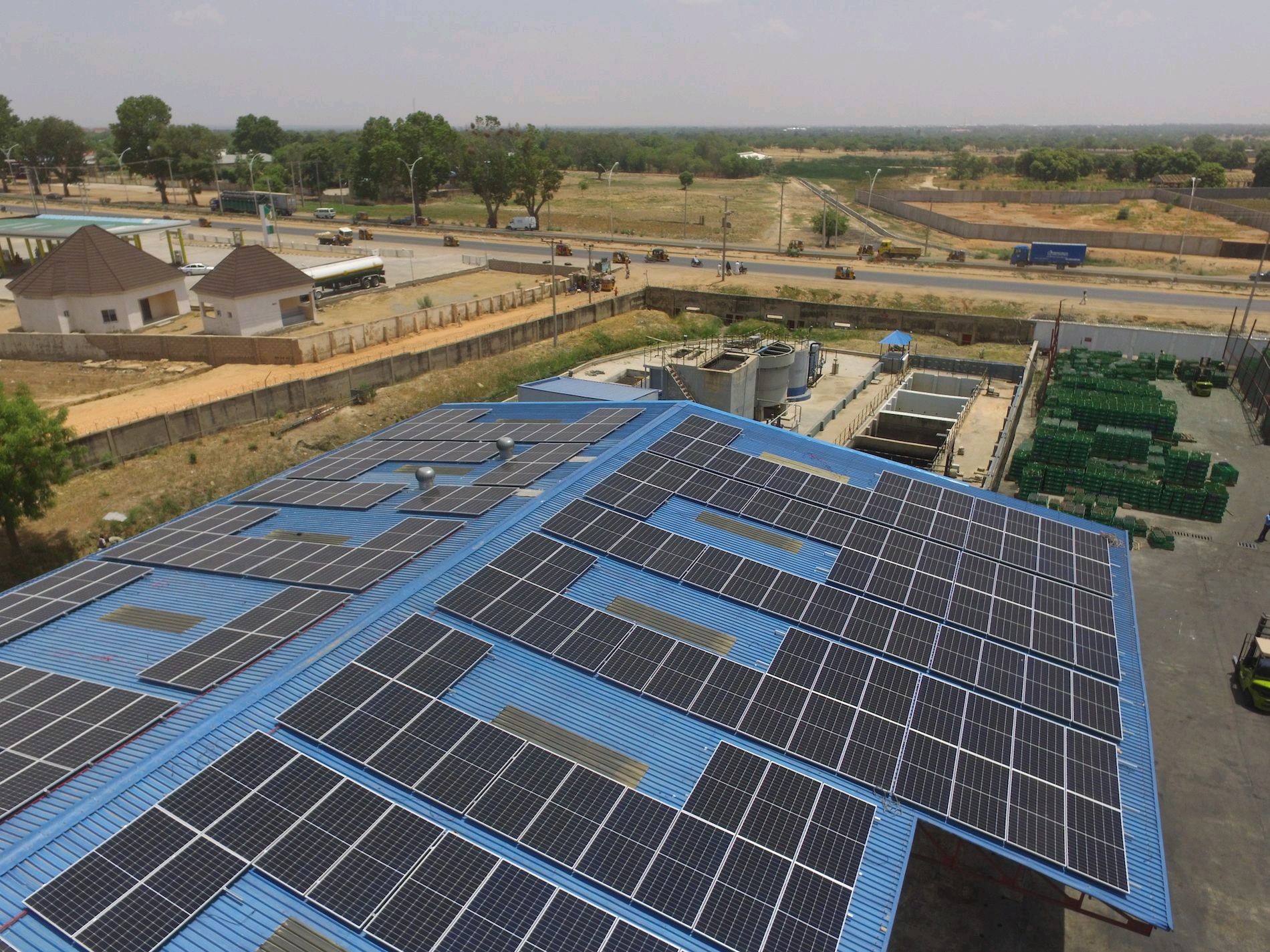Seven-Up Bottling Company, Nigeria’s manufacturer of soft drinks such as Pepsi, Mirinda, Seven Up, H2oh!, and Mountain Dew, has decided to switch to solar as a primary day-time source of energy over all its Nigerian factories.
The company has signed a deal with Daystar Power to install 10.5 MW of solar power systems for five more factories in the country. Earlier this year, both companies already partnered for the design, operations and management of almost 1.5 MW of solar power systems over SBC’s bottling plants in Kaduna and Kano.
The five additional factories will comprise those of Abuja, Lagos (Ikeja), Ibadan and Ilorin, all expected to be powered by solar over the next six months. By 2022, SBC will be Nigeria’s largest industrial manufacturer to use solar energy in its operations.
Both companies have also announced being in discussions to roll out solar energy as the primary daytime power source for SBC’s remaining two sites in Nigeria.
According to Daystar Power, the solar power systems at the factories could provide over 50% of its total daytime power consumption depending on the installation size and amount of sunshine.

